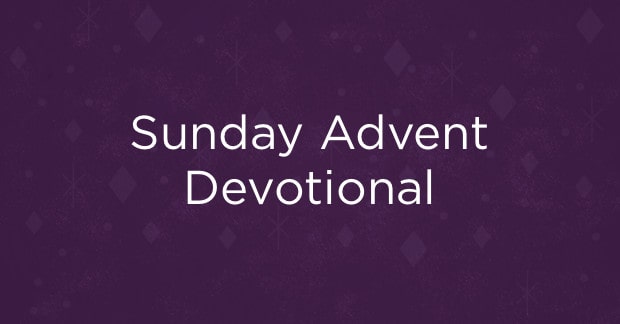Dr. Craig Evans is an expert in the background of the New Testament, the historical Jesus, and ancient manuscripts. He is also an excellent communicator. In the six-course Mobile Ed: Craig A. Evans New Testament Backgrounds Bundle, Dr. Evans provides valuable and fascinating insight into the world of the New Testament.
Here are just a few of the thought-provoking facts you’ll learn from Dr. Evans in these six courses:
1. Jesus wasn’t the only “Messiah.”
The Jewish people in the first century were looking for the Messiah to come and lead them to victory over Rome. Several individuals led revolts, claiming to be that Messiah. Three led revolts around 4 BC; one of them, Athronges, is referred to as the “shepherd of Judaea,” a likely allusion to King David.
2. Jesus was written about by non-Christians, too.
The Gospels are the best source of information about the life of Jesus Christ, but they’re not the only ancient writings that mention him. Both Graeco-Roman and Jewish historians from the early centuries testify to the influence of Christ and his followers. For example, Celsus, a second-century opponent of Christianity, refers to Jesus as a miracle worker and acknowledges that he spent time in Egypt—an idea that fits with Matthew’s Gospel (see Matt. 2:13–15). Celsus, however, argues that Jesus got his power to perform miracles while in Egypt.
Here’s a sample clip from NT313 Jesus and the Witness of the Outsiders (more sample clips here):
3. High death rates contributed to Jesus’ popularity as a healer.
As Dr. Evans examines the evidence of ossuaries from the first century, he notes that often only about half the skeletons in these ossuaries are from adults. This indicates that close to half of the population did not live past their teens. Dr. Evans uses this fact to explain why such large crowds gathered around Jesus. Many people in this particular time and place were in great need of healing, and Jesus had a reputation as a successful healer—who, unlike many healers and physicians of the day, did not require any payment.
4. The writers of the Dead Sea Scrolls valued the same Old Testament books as early Christians.
Not every book of the Old Testament was found among the Dead Sea Scrolls at Qumran. The numbers of fragments and manuscripts found give us some idea of which books were most popular among this community: Psalms (40 scrolls found), Deuteronomy (30 scrolls found), and Isaiah (22 scrolls found). As Dr. Evans points out, these three books are also the books most often quoted in the New Testament. This shows just how highly these books were regarded by different Jewish groups in the first century, as well as why Jesus and the New Testament authors appealed to them to validate Jesus’ claim to be the Messiah.
You’ll learn these and many other important details from Dr. Evans in his Mobile Ed courses. He evaluates the manuscript record of the New Testament, examines how people in the first century taught and wrote history, and shows how this relates to the historical accuracy of the Gospels. He sheds light on the important political and religious background of the New Testament and shows how archaeological finds can help you understand different details from the Gospels.
Order the Mobile Ed: Craig A. Evans New Testament Backgrounds Bundle today.




